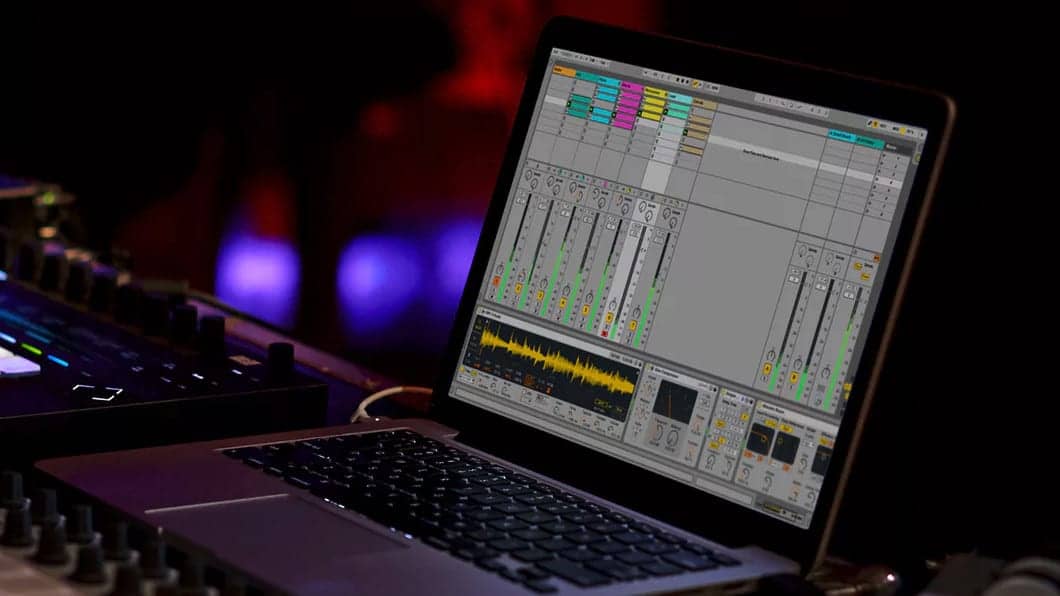

The input and output level controls can be linked to keeping the volume under control when cranking up the distortion. Tooltips explain what each control does and show the current setting. The distortion engines sit opposite sides of the interface, while the master, band split, and dynamics controls sit in the middle. In addition, there is a delay section in the processing, with feedback, filtering, and tempo sync as options. Other examples include wave folders, wave shapers, rectifiers, tape and analog saturation, driven transformers, and so on. A total of eleven distinct kinds of distortion are available in the various distortion menus, with more options available in some categories.įor example, bit inverters and bit crushers are just two of the eleven primary flavors. There are 150 factory settings to help you get started, some of which are meant to transform ordinary drum loops into snarling, ripping monsters. With assignable parameter modulation and dynamics processing, Dist Coldfire can dish out virtually any dirt you want.

Analog-modeled and purely digital distortion types are both available. A variety of pre-and post-distortion filters are available for each distortion type. There are two independent distortion engines in Dist Coldfire, and you can use them in whatever combination you like. The Arturia Dist Coldfire is a revolutionary dual distortion plugin featuring a powerful modulation engine and a wide variety of distortion types that you can swap in and out.


 0 kommentar(er)
0 kommentar(er)
